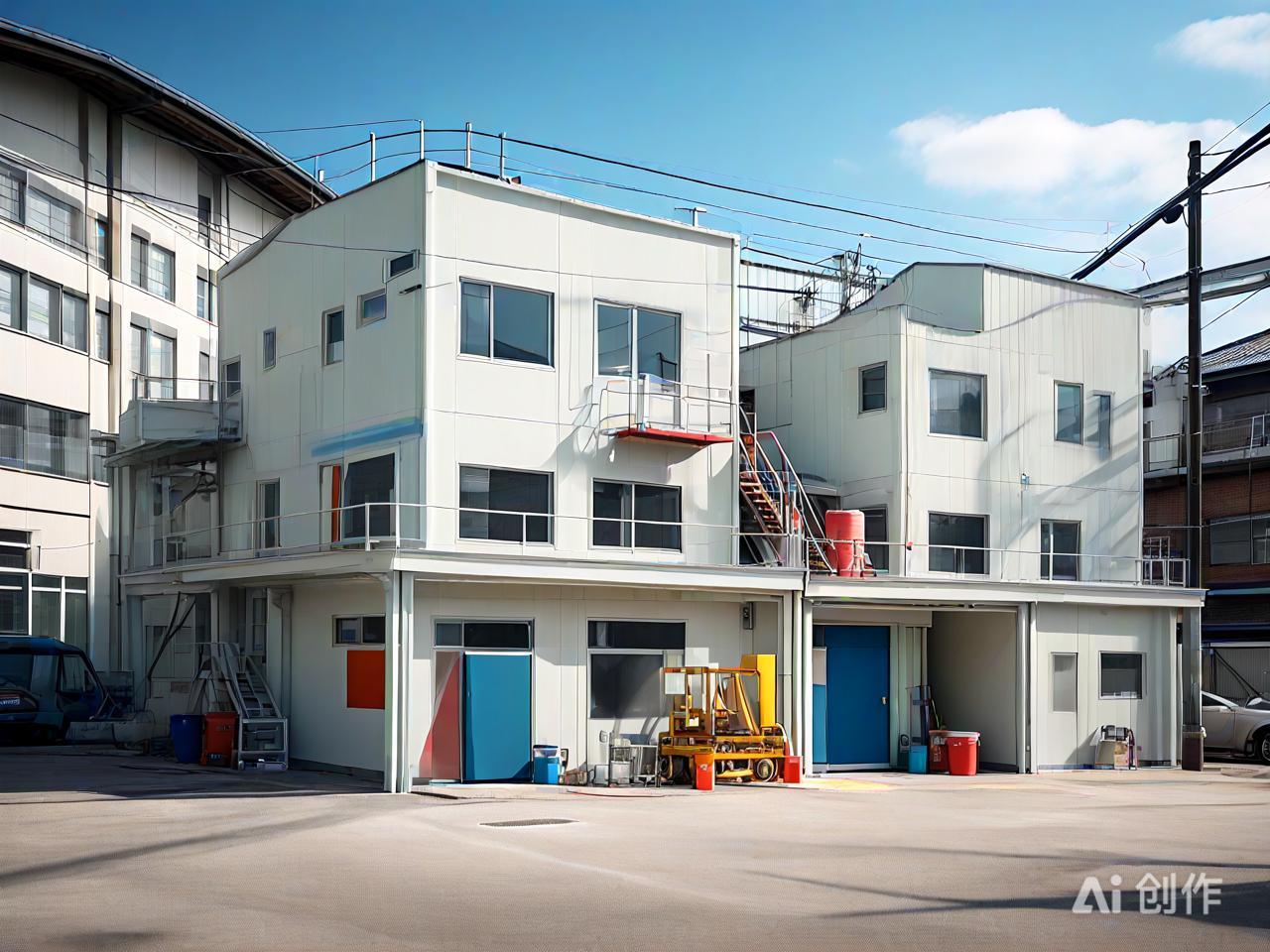Applications and Uses of Industrial Paints: A Comprehensive Guide
Industrial paints play a crucial role in protecting surfaces, enhancing durability, and improving aesthetics across various industries. These specialized coatings are designed to withstand harsh environmental conditions, chemical exposure, and mechanical wear. This guide provides an in-depth look at the diverse applications and uses of industrial paints.
**1. Protection Against Corrosion
Applications:
Steel Structures: Bridges, pipelines, storage tanks, and industrial facilities.
Marine Environments: Ships, offshore platforms, and coastal structures.
Automotive: Car bodies, chassis, and undercarriages.
Purpose:
Industrial paints, such as epoxy and zinc-rich coatings, provide a protective barrier that prevents rust and corrosion, extending the lifespan of metal structures.
**2. Chemical Resistance
Applications:
Chemical Plants: Storage tanks, reactors, and pipelines.
Pharmaceutical Facilities: Equipment and containment areas.
Oil and Gas: Refineries and petrochemical plants.
Purpose:
Coatings like epoxy and polyurethane offer excellent resistance to chemicals, acids, and solvents, protecting equipment and surfaces from degradation.
**3. High-Temperature Protection
Applications:
Industrial Furnaces: Chimneys, boilers, and exhaust systems.
Power Plants: Turbines, heat exchangers, and ductwork.
Automotive: Engine components and exhaust systems.
Purpose:
Silicone and fluoropolymer paints can withstand extreme temperatures, providing durable protection in high-heat environments.
**4. UV and Weather Resistance
Applications:
Architectural Structures: Buildings, bridges, and facades.
Outdoor Equipment: Agricultural machinery, construction equipment, and signage.
Marine: Ships and offshore structures.
Purpose:
Polyurethane and acrylic paints offer excellent UV resistance and weather ability, maintaining color and finish in outdoor environments.
**5. Abrasion and Wear Resistance
Applications:
Industrial Floors: Warehouses, factories, and garages.
Heavy Machinery: Mining equipment, construction machinery, and conveyor systems.
Transportation: Aircraft, trains, and trucks.
Purpose:
Epoxy and polyurethane coatings provide a hard, durable finish that resists abrasion and wear, ensuring long-lasting performance in high-traffic areas.
**6. Fire Protection
Applications:
Buildings: Structural steel, walls, and ceilings.
Industrial Facilities: Storage areas, chemical plants, and power plants.
Transportation: Ships, trains, and aircraft.
Purpose:
Intumescent paints expand when exposed to heat, forming an insulating layer that protects structures from fire and enhances safety.
**7. Hygienic and Sanitary Applications
Applications:
Food and Beverage: Processing equipment, storage tanks, and packaging areas.
Pharmaceutical: Cleanrooms, laboratories, and production facilities.
Healthcare: Hospitals, clinics, and medical equipment.
Purpose:
Epoxy and polyurethane coatings provide smooth, non-porous surfaces that are easy to clean and maintain, ensuring hygiene and preventing contamination.
**8. Aesthetic Enhancement
Applications:
Architectural: Buildings, bridges, and public spaces.
Automotive: Car bodies, interiors, and accessories.
Consumer Goods: Appliances, furniture, and electronics.
Purpose:
Industrial paints offer a wide range of colors and finishes, enhancing the appearance of products and structures while providing protective benefits.
**9. Electrical Insulation
Applications:
Electrical Equipment: Transformers, motors, and generators.
Electronics: Circuit boards, components, and enclosures.
Power Distribution: Insulators, cables, and connectors.
Purpose:
Specialized coatings provide electrical insulation, preventing short circuits and enhancing the safety and performance of electrical components.
**10. Anti-Fouling and Marine Protection
Applications:
Ships: Hulls, decks, and underwater structures.
Offshore Platforms: Drilling rigs, pipelines, and equipment.
Marine Infrastructure: Docks, piers, and buoys.
Purpose:
Anti-fouling paints prevent the growth of marine organisms, reducing drag and maintenance costs while protecting surfaces from corrosion.
Conclusion
Industrial paints are essential for a wide range of applications, providing protection, durability, and aesthetic enhancement across various industries. By understanding the specific uses and benefits of different types of industrial paints, you can select the right coating for your needs and ensure optimal performance and longevity. Invest in high-quality industrial paints and professional application to achieve the best results and protect your assets effectively.







